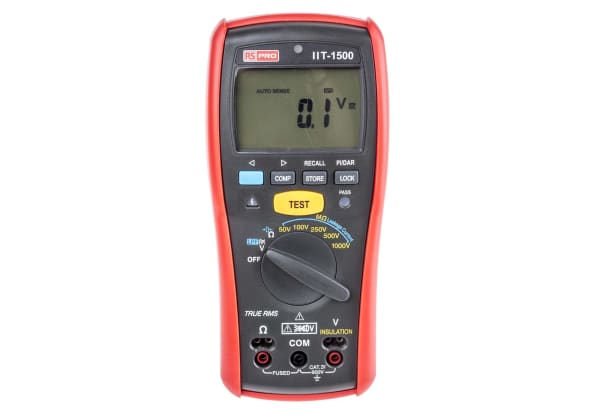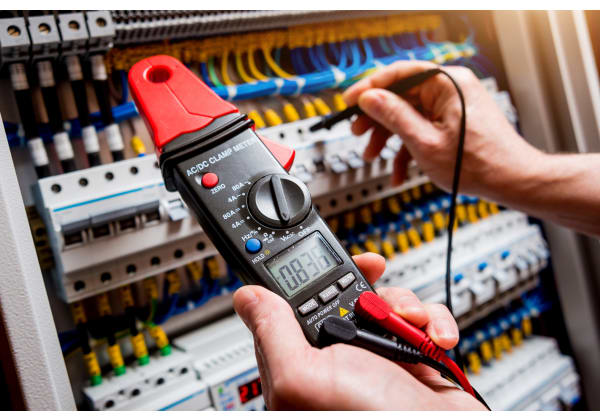- Published 28 Jun 2023
- Last Modified 9 Aug 2023
- 7 min
How to Use a Voltage Tester
Take the mystery out of voltage testing with our comprehensive guide, exploring the ins and outs of different testers and answering all your FAQs.

The voltage tester, an essential tool in any electrical toolkit, allows you to verify the presence of voltage in a circuit before starting work on it. This guide will provide an in-depth understanding of how to use a voltage tester safely and effectively.
How Does a Voltage Tester Work?
A voltage tester, regardless of the type, operates on a simple principle to determine the presence of voltage. This section offers insight into voltage tester operation to help you understand not just how to use a voltage tester, but also how do I use a voltage tester effectively and safely.
At its core, a voltage tester is a simple device designed to indicate the presence of electrical voltage in a system or a component. The underlying principle lies in Ohm's Law. This states that the current passing through a conductor between two points is directly proportional to the voltage across the two points.
When the probes of a voltage tester are connected to two points in an electrical circuit (commonly one end to a suspected live conductor and the other to a ground source), a closed circuit or loop is formed. This allows electrical current to flow from the higher potential to the lower potential.
Inside the voltage tester, this current passes through a known resistance. The voltage drop across this internal resistance is then measured and displayed on the tester's meter or screen. This provides the user with a reading of the voltage present. In some cases, for basic testers, this voltage may simply trigger a light or a sound to indicate the presence of voltage rather than providing a precise numerical value.
The design of voltage testers can vary. For example, a non-contact voltage tester detects voltage through insulation. It utilises capacitive coupling between the wire carrying the voltage and the sensor tip. When brought near a live conductor, the electric field influences the electric charge in the tester, causing an indicator (usually an LED light or a sound) to trigger.
Voltage testers are designed for safety. They are usually encased in a non-conductive housing to protect the user from accidental electrical contact, and they typically don't need the circuit to be operational to function, meaning they can be used in a wide variety of situations to ensure a system is safe to work on.
Types of Voltage Tester
Fluke Voltage Tester
Fluke voltage testers are renowned for their reliability and precision. The Fluke T90, for instance, is a two-pole tester ideal for voltage and continuity checks. When learning how to use a Fluke T90 voltage tester, simply touch the tip to the circuit or device under test. A live circuit will cause the tip to glow red, accompanied by a sound alert. Its simplicity and effectiveness make it a favourite among professionals.
Non-Contact Voltage Tester
If you've been wondering how to use a non-contact voltage tester or how to use voltage tester pen, the process is simpler than you might think. The non-contact voltage tester is a handy, safe device to quickly check for voltage presence. The tester does not need to make direct contact with the wire or outlet. When brought near a live conductor, the tester indicates voltage presence by light or sound. This type of tester is excellent for quick checks but should be supplemented with a contact tester for a definitive reading.
Megger Voltage Tester
Megger is another reputable brand in voltage testers. Megger voltage testers are designed for durability and accuracy, so understanding how to use voltage testers from Megger is straightforward, allowing for quick and accurate voltage readings. Known for their high-quality construction and reliable readings, Megger voltage testers are commonly used by industry professionals.
FAQs
Summary
To conclude, understanding how to use a voltage tester effectively is crucial for any electrical professional. From Fluke to Megger to non-contact testers, each tool has unique functions and benefits. By following the procedures outlined in this guide, you can ensure the safe and effective use of these testers. This will allow accurate readings and safe work practices.


